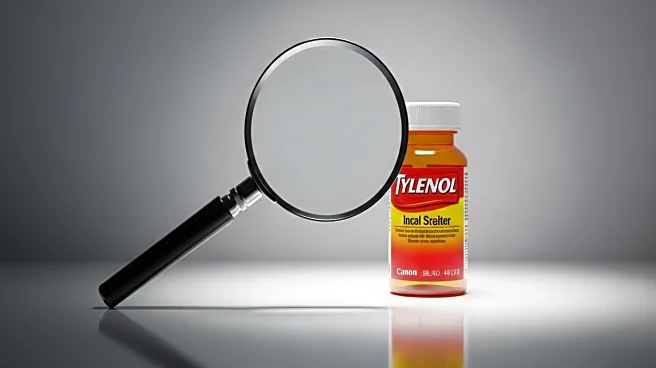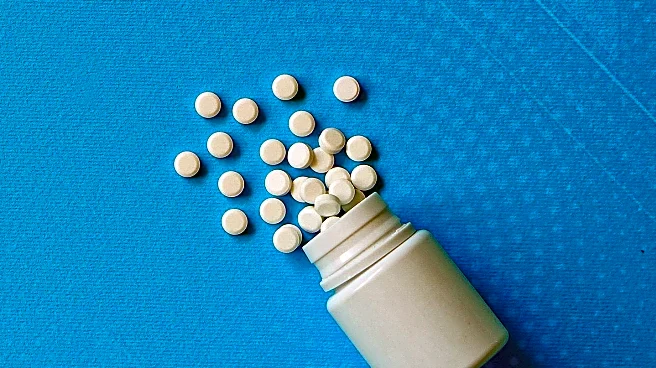What's Happening?
Recent research has unveiled how polymyxin antibiotics disrupt the protective outer layer of E. coli bacteria. Using high-resolution microscopy, scientists observed that polymyxin B causes bulges on the bacteria's surface, leading to the shedding of lipopolysaccharides, which are crucial for the bacteria's defense. This discovery provides insight into why polymyxins are effective against active bacteria but not dormant ones. The study suggests that adding sugar can wake dormant bacteria, making them susceptible to the antibiotic. This research could inform the development of new treatments for drug-resistant infections.
Why It's Important?
Understanding the mechanism of polymyxin antibiotics is crucial in the fight against drug-resistant bacteria, which pose a significant threat to public health. This research could lead to improved antibiotic treatments and strategies to combat infections caused by gram-negative bacteria, such as pneumonia and meningitis. The findings may also influence the development of combination therapies that target dormant bacteria, potentially reducing the prevalence of antibiotic resistance.
What's Next?
Further research may explore the application of these findings in clinical settings, potentially leading to new treatment protocols for infections caused by gram-negative bacteria. Scientists might investigate the use of sugars or other compounds to enhance the effectiveness of polymyxins against dormant bacteria. Additionally, the study could inspire the development of new antibiotics that exploit similar mechanisms to disrupt bacterial defenses.
Beyond the Headlines
The study highlights the importance of understanding bacterial behavior and the role of antibiotics in disrupting their defenses. It raises ethical considerations regarding the use of antibiotics and the potential impact on microbial ecosystems. Long-term, this research could contribute to a broader understanding of bacterial resistance and inform public health policies on antibiotic use.










